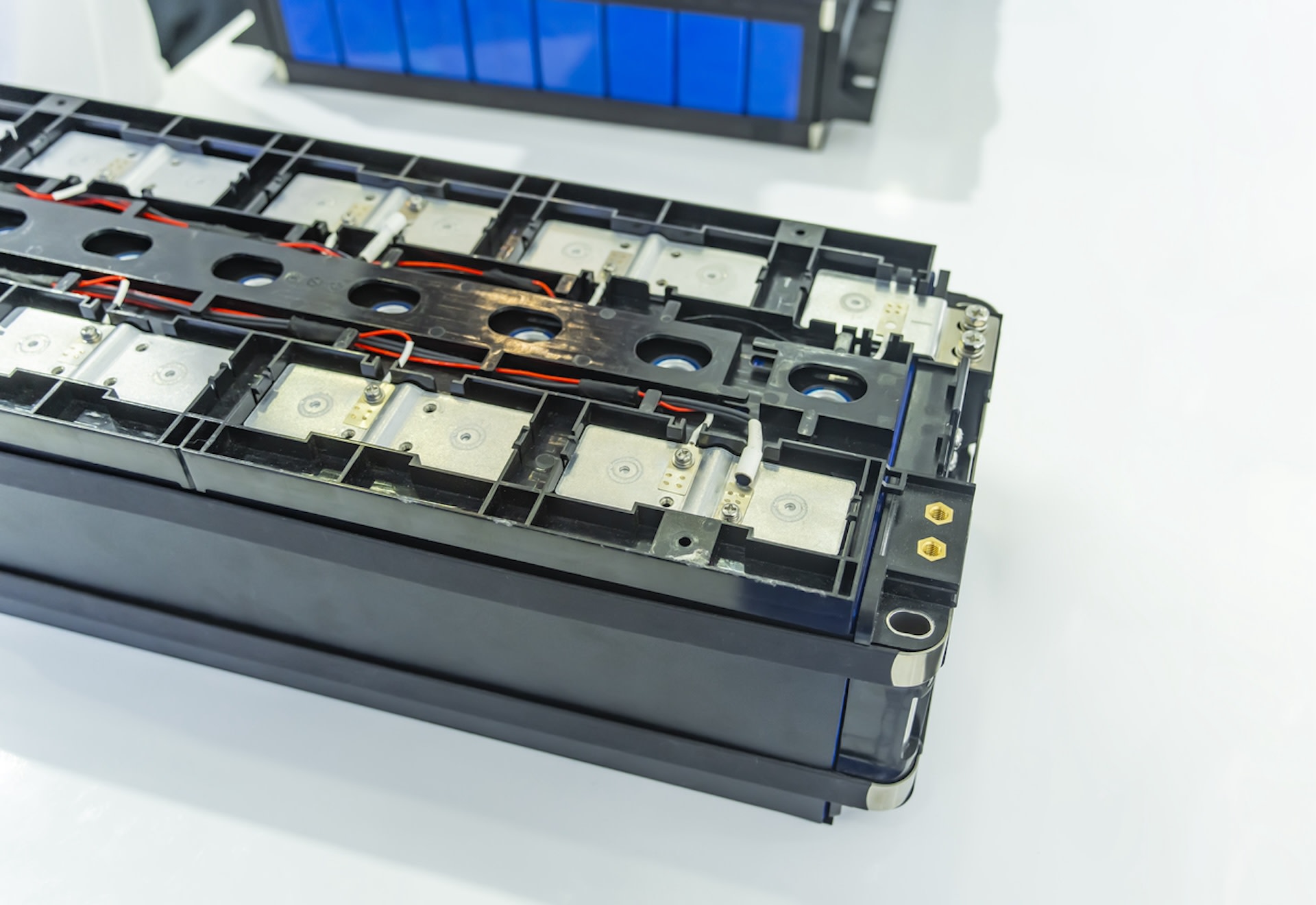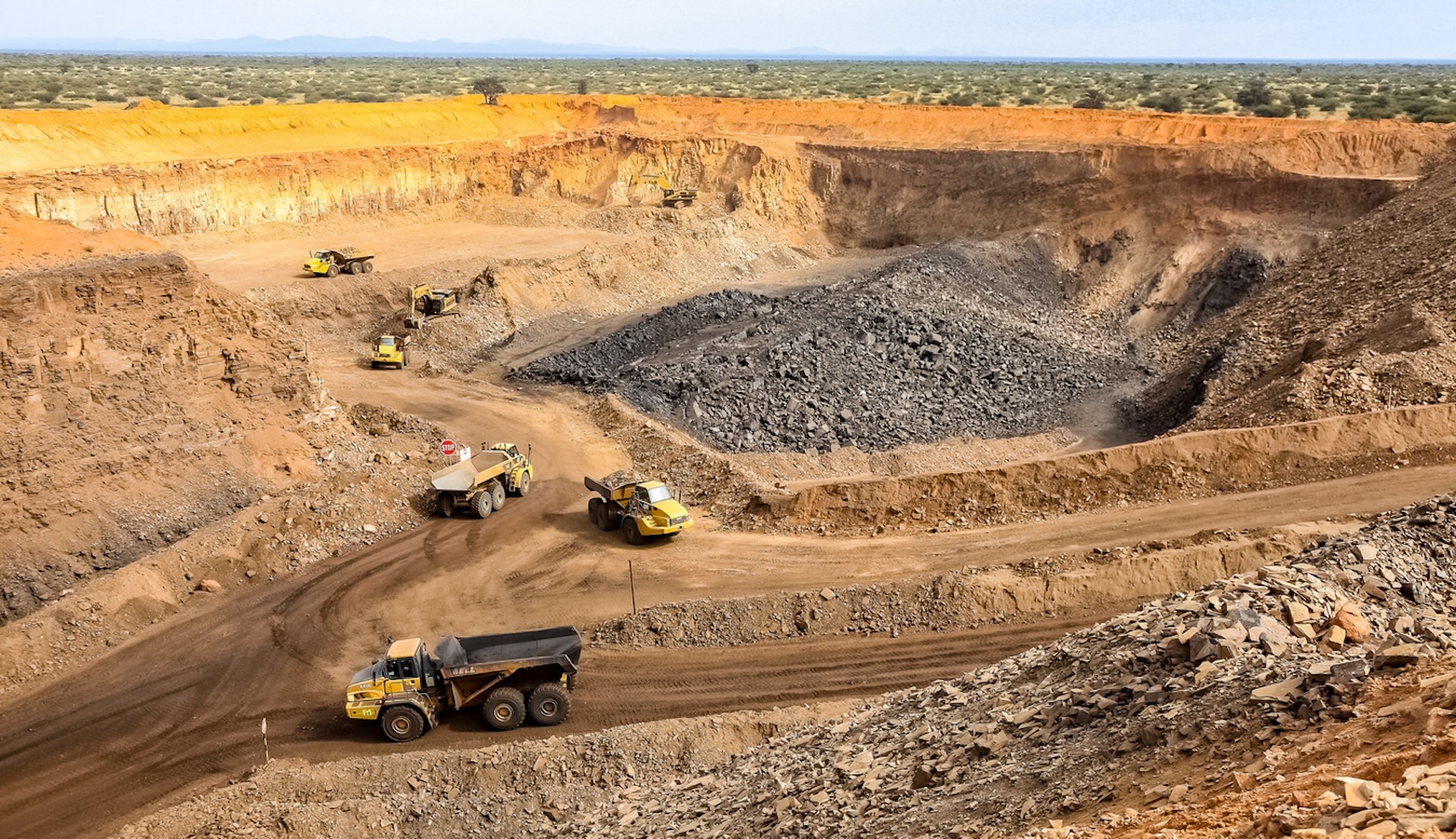Batteries are crucial in supporting clean energy efforts. Things like electric vehicles and renewable energy sources rely on batteries to store large amounts of electricity for later use in order to be viable against their dirty energy alternatives.
In their current state, however, batteries have some issues, including cost of production, use of rare materials, and life span. However, scientists are working diligently to improve the next generation of battery technology, and they have already made some notable breakthroughs.
1. Lithium-air battery

Researchers have developed a new lithium-air battery that can store up to four times as much energy as their lithium-ion counterparts. The difference is due to the chemical reaction happening inside the battery. Lithium-ion batteries contain tanks of oxygen and a liquid electrolyte to bind lithium to oxygen and create energy, while lithium-air batteries use oxygen from the air.
Most EVs currently rely on lithium-ion batteries, and if these new lithium-air batteries work as they're expected to, they could dramatically increase the range of a typical EV.
2. Redox-flow battery

This new battery, while still lithium-based, eliminates the membrane that typically splits the positive and negative sides of a battery, which just so happens to be one of the most expensive parts of battery technology.
The redox-flow battery still showed high voltage and energy density in testing, meaning its performance was not sacrificed in order to make this change. Dr. Jimmy Jiang, research lead on the project, believes this development could spark a "battery revolution" within the near future.
3. Lithium metal battery

Lithium metal batteries have the potential to store up to 10 times more power by using lithium as an anode when compared to traditional lithium-ion batteries that use graphite as an electrode material.
The problem that researchers are trying to solve now is that these types of batteries cannot be recharged well. India's Tata Institute of Fundamental Research believes they have found a way around this problem by developing a "graphite derivative powder" that serves as an improved membrane between the electrodes, limiting malfunctions.
4. Organic material battery

Scientists at the Massachusetts Institute of Technology are cooking up an alternative to the costly cobalt or nickel commonly used in lithium-ion batteries: a cathode based on organic materials. The organic material is stabilized thanks to the chemistry that helps to form hydrogen bonds, creating a structure similar to graphite, a material often used in other batteries.
Not only are these materials better for the environment than the metals they replace, but they are also cheaper, store the same amount of electricity, and can charge faster.
5. Manganese metal battery

Manganese metal has been on the radar to replace lithium-based battery technology for a while thanks to its high energy densities and low costs, but strong interactions between manganese and solvents that contain oxygen have hindered the development of successful batteries.
Researchers have already made steps over that hurdle, creating the first non-aqueous rechargeable manganese metal battery that has a dissolution-deposition efficiency of more than 90%.
Join our free newsletter for weekly updates on the latest innovations improving our lives and shaping our future, and don't miss this cool list of easy ways to help yourself while helping the planet.









